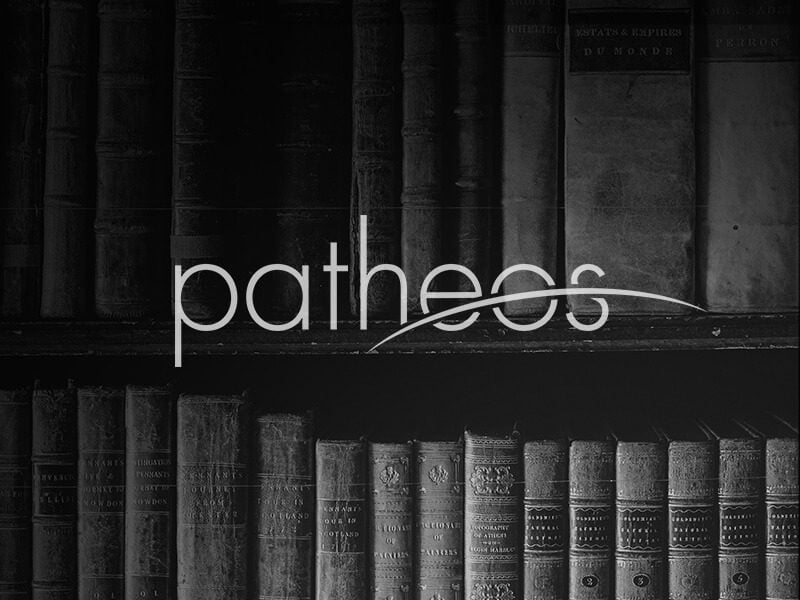H. Daniel Zacharias
Biblical Greek Made Simple: All the Basics in One Semester.
Bellingham WA: Lexham, 2018.
Available at Amazon.com
By Suzanne Day
I know I am not the only Greek student who has experienced ‘death by tables’ – I’m talking about that sinking feeling one gets when one turns the page in a Greek grammar to find yet another paradigm to memorise of yet another irregular ending. Can one study Biblical Greek without memorising every table? Biblical Greek Made Simple: All the Basics in One Semester is a Greek textbook with a difference. It encourages the use of Bible software by students and repeatedly affirms, “Don’t memorise this table.” This book is methodical and provides the reader with a good basis to learn and improve upon their Greek reading and interpretative skills. It is a good resource for Christian students and teachers who want to be able to use the Greek New Testament in a thoughtful and discerning way. In reviewing this book, the principal criteria included pedagogical approach, user-friendliness and clarity of explanations. The layout of the hardcover version, particularly the tables, is frustrating at times. However, the methodical approach of Biblical Greek Made Simple makes it a valuable tool, especially for beginners.
According to the author, Biblical Greek Made Simple is designed for a 12-week class or for a self-learner. Therefore, the author has divided key concepts of Greek into eleven chapters of content plus a final chapter entitled ‘Where do I go from here?’ It is a whirlwind tour in twelve weeks: the alphabet, nouns, case functions, indicative verbs, principal parts, the article, adjective, pronouns and numbers, phrases and clauses, participles (two chapters) and non-indicative verbs. At the end of each chapter there is a summary section called ‘The least you need to know’ with a list of questions that students should be able to answer. Each chapter also contains vocabulary lists (yes, there is some memorisation) and exercises. The exercises at the end of each chapter focus on applying the concepts, often requiring the learner to use the Bible software Logos and answer ‘why’ questions about the parsing or translation.
The focus on conceptual understanding is positive as people will be more likely to remember things that they understand and enjoy. Although use of Bible software can be seen as a crutch by professors (and students too), Zacharias notes that “it is increasingly a reality that students, pastors and laypersons are using Bible software to aid their study of the Bible. Instead of fighting that trend, I am embracing it and trying to equip you to use Logos Bible software to its full potential.” (xxiv, my emphasis). It is important to note that he does not envisage people to always be referring to Logos to read the Greek New Testament. Rather, it is a resource that can be used to get people to the point where they can read the Greek with understanding. From chapter 2 onwards, there is an additional section ‘The second time around’ to provide additional information and exercises to readers who are past the beginner stage. This is a great idea for revision and makes the book useful for longer than twelve weeks.
Biblical Greek Made Simple was obviously written by a teacher and this author has put some thought into making the learning process user-friendly for his students. The summary section at the end of each chapter is a helpful self-assessment tool. There is also an index, and a list of tables to help the reader refer back to particular sections. The main weakness of this book is that the tables are too small and are unpleasant to look at. This is very problematic, as there are a lot of them and one needs to refer to them in order to understand the book. Additionally, there is not a lot of space given to write in the exercise sections of the book. Another aesthetic issue is having headings on either side of the page: this seems like a minor detail,
but it actually makes the explanation hard to follow on the odd pages! This book is to be used in conjunction with other resources and cannot be bought in isolation. At various points, Zacharias refers to Logos Bible software (essential), audio Bible version, internet resources and other applications.
The book is clear and methodical, with well-thought out chapter divisions. The method of Biblical Greek Made Simple is to front-end all the possible information and then discuss how it could apply. The strength of this is that it allows the student to see the big picture. For example, learning about all possible tenses, moods and voices for the indicative verbs in one chapter is preferable to gaining an incomplete picture that has to be supplemented later on. The danger is for the student to get bogged down before seeing how it applies. The book could be improved by more practical examples. The discussion on phrases and clauses was particularly helpful, as was the discussions of the range of possibilities in translation based on context. The structure of the book means that it is very easy to refer back to the right section for clarification if needed.
“The goal of the Biblical Greek Made Simple approach is to make the original language of the NT accessible to you without compromising a proper understanding of the grammar, while utilizing the latest tools” (p.271). The book achieves that goal. It is a good beginner’s guide to understanding some of the complexities of Koine Greek, providing a foundation for further study of the language. It makes Greek simple, without over-simplification. I recommend this book for someone who want to understand Greek, yet does not currently have the capacity to enrol in full-year length course. It is essential for this book’s approach that you have access to Bible software. A positive attitude towards using technology to learn would be helpful. The book is also helpful for those who have already begun to learn Greek, particularly to provide an overarching view of the language and to make use of the many resources available.












